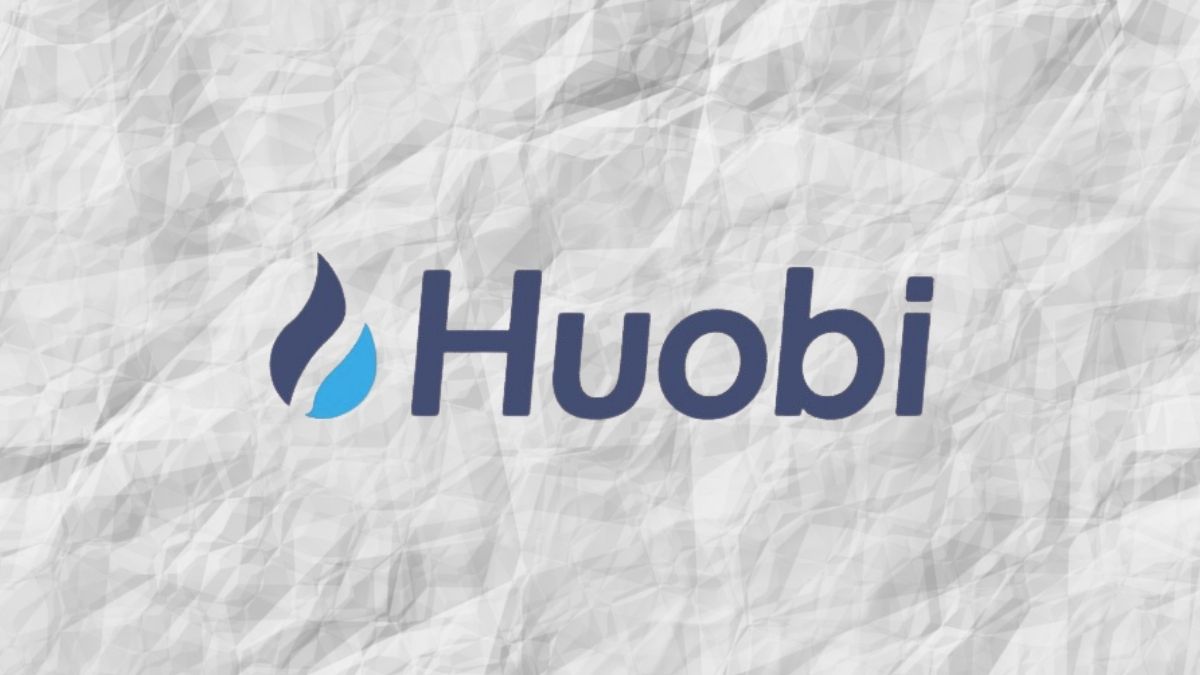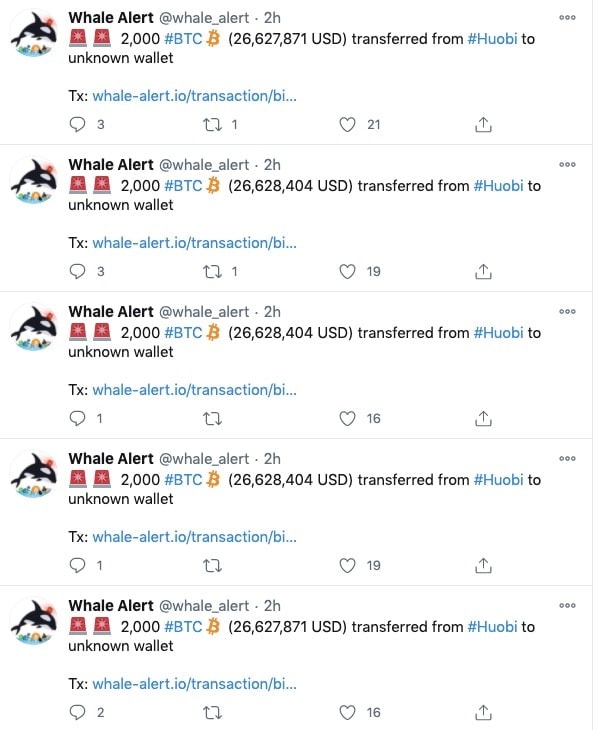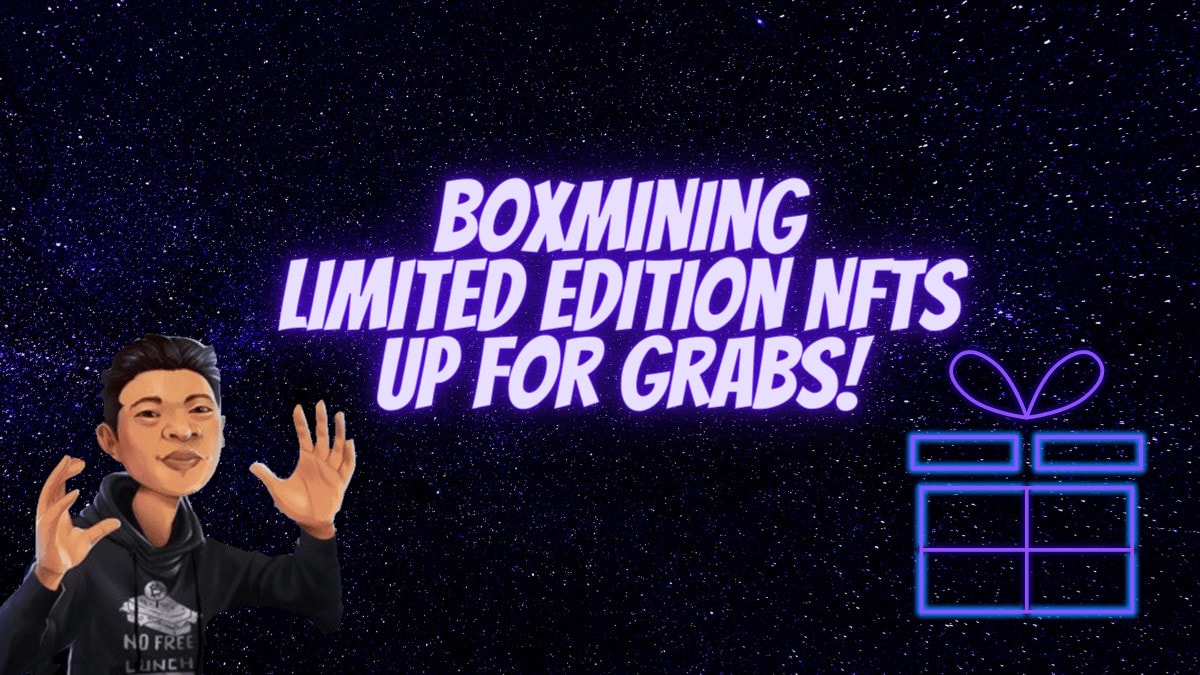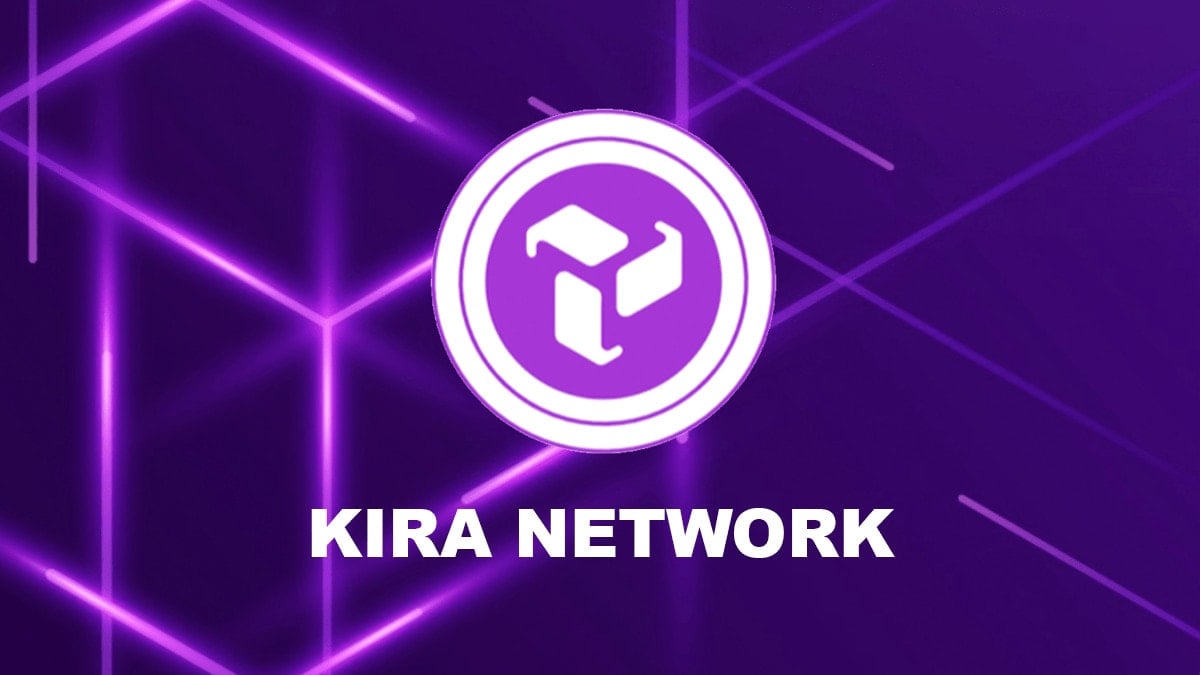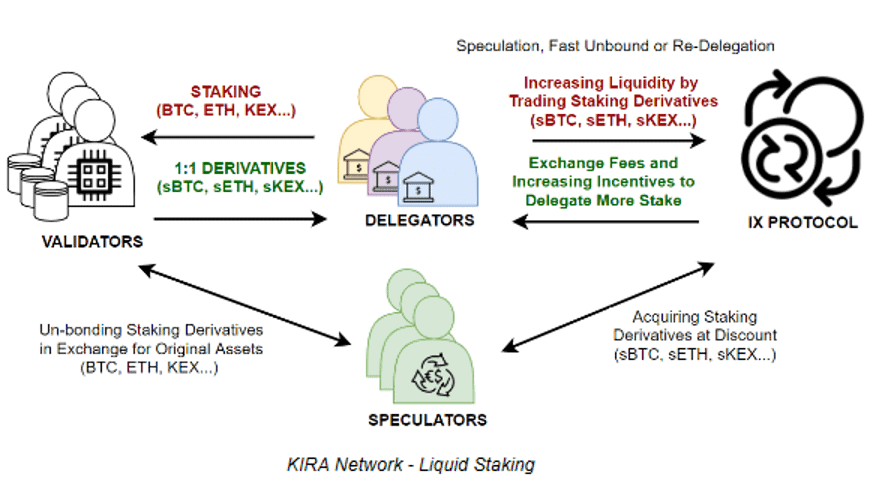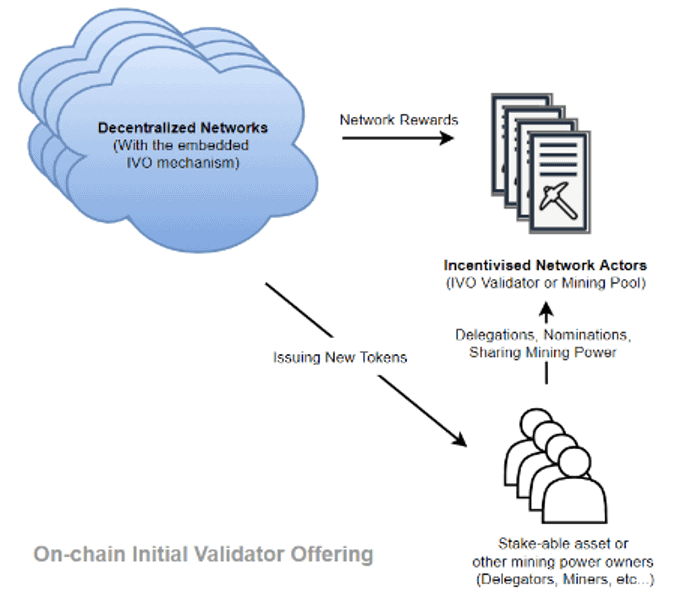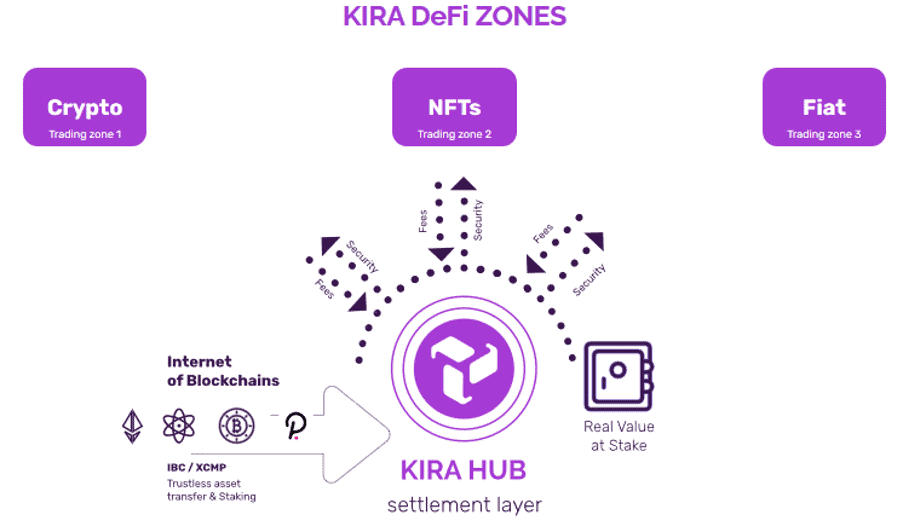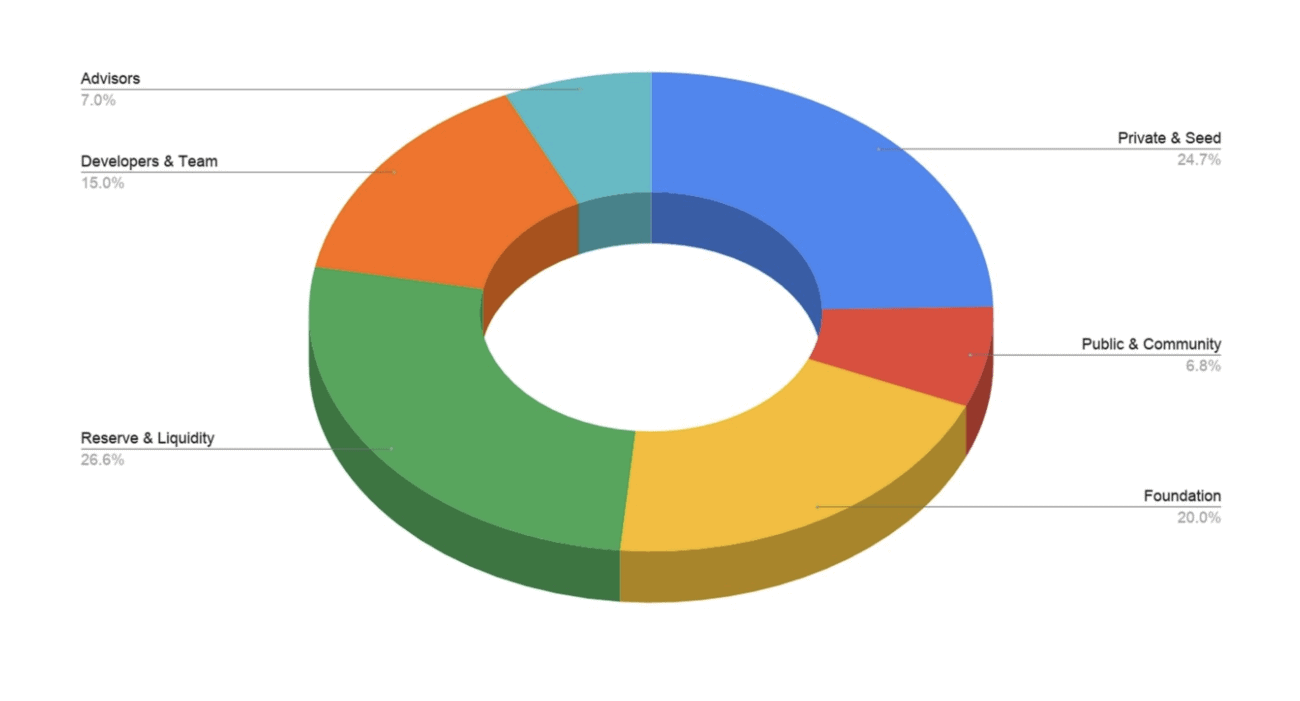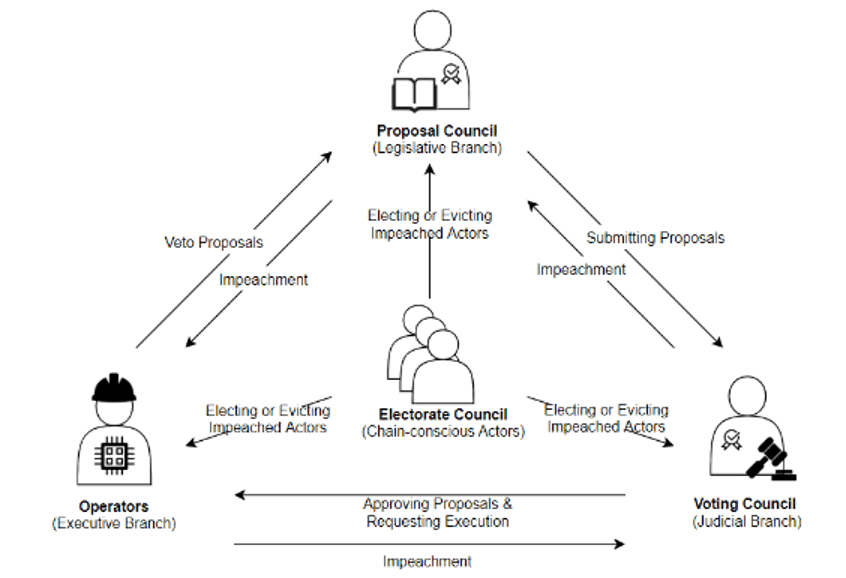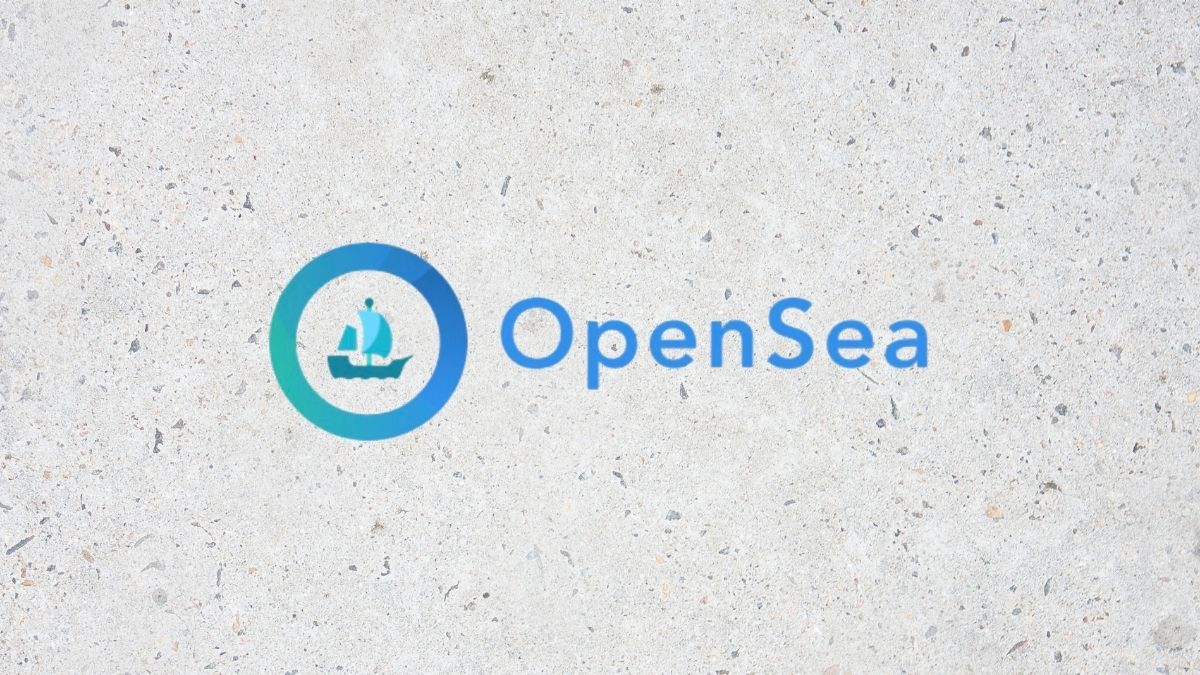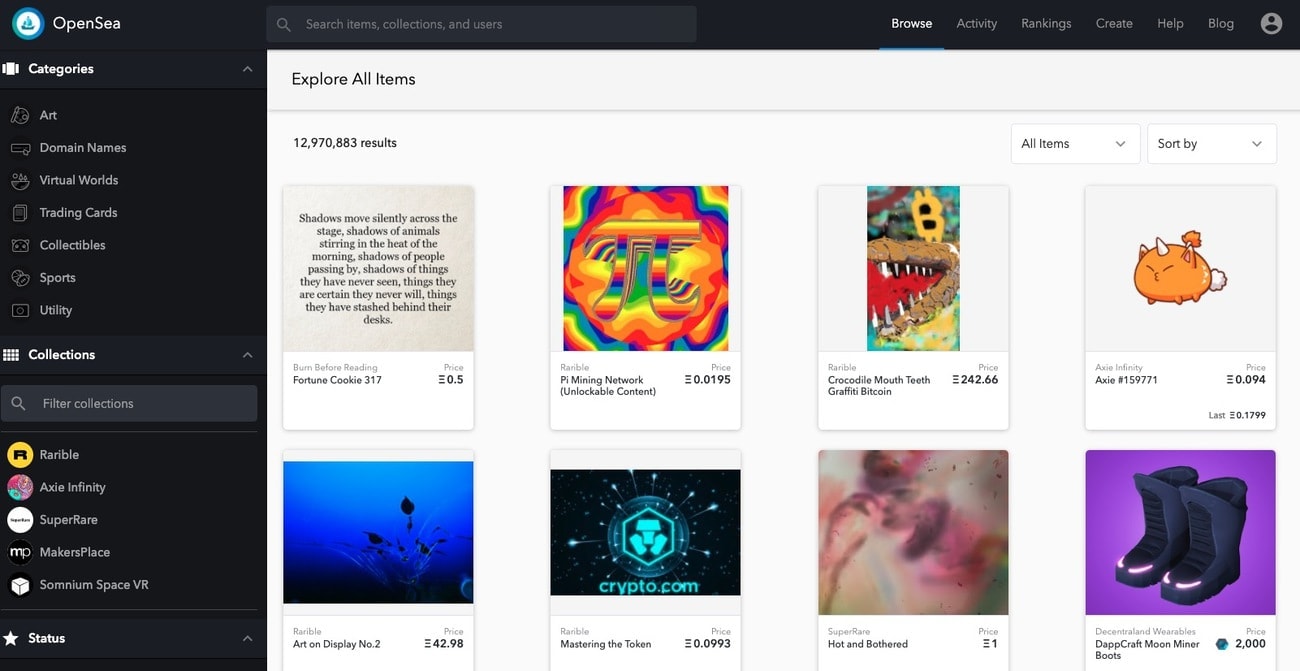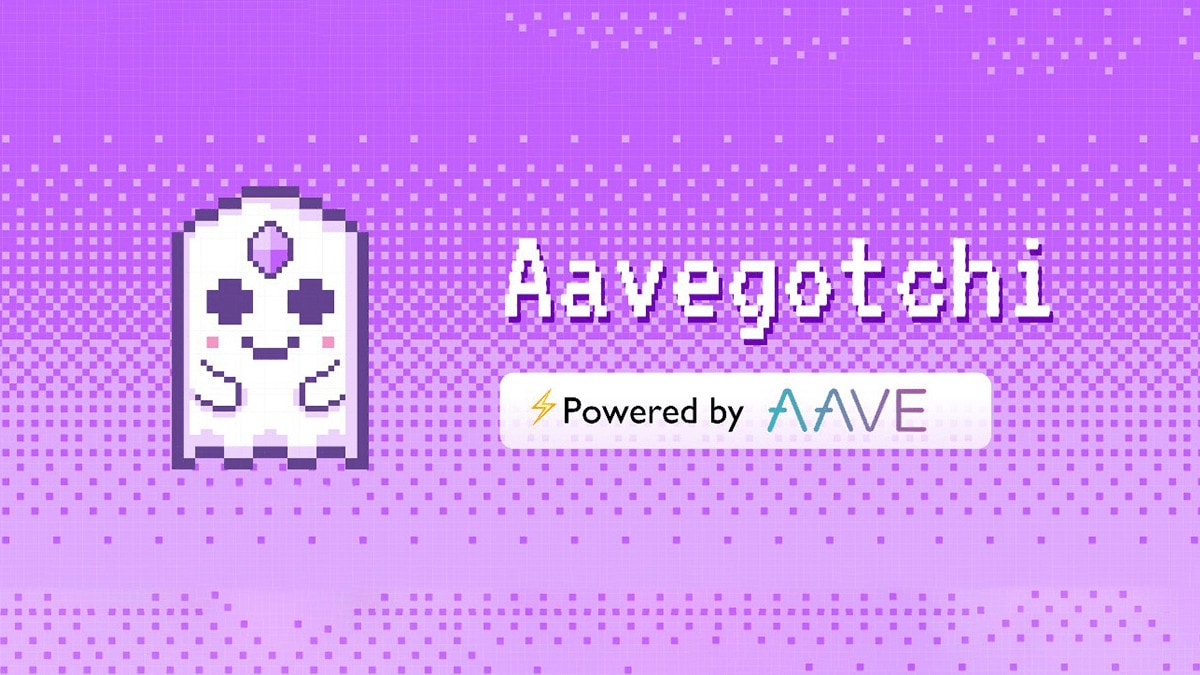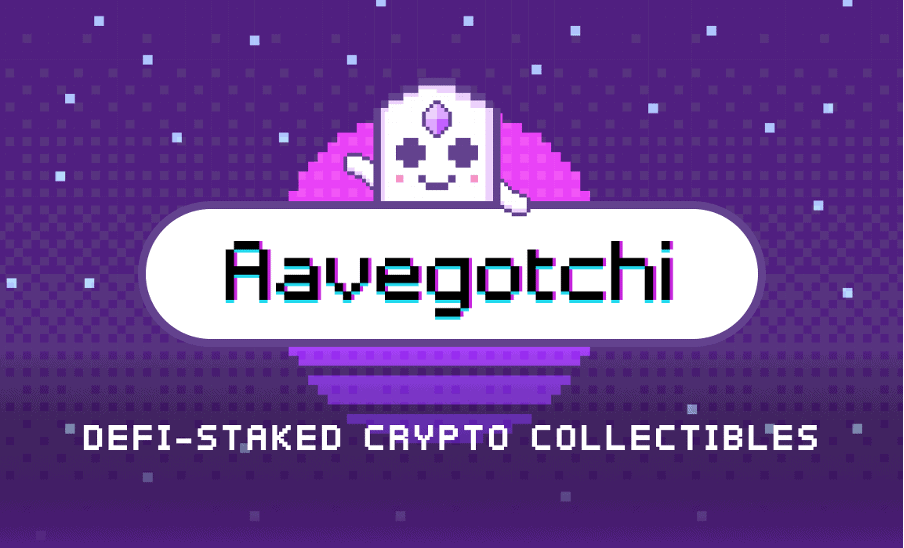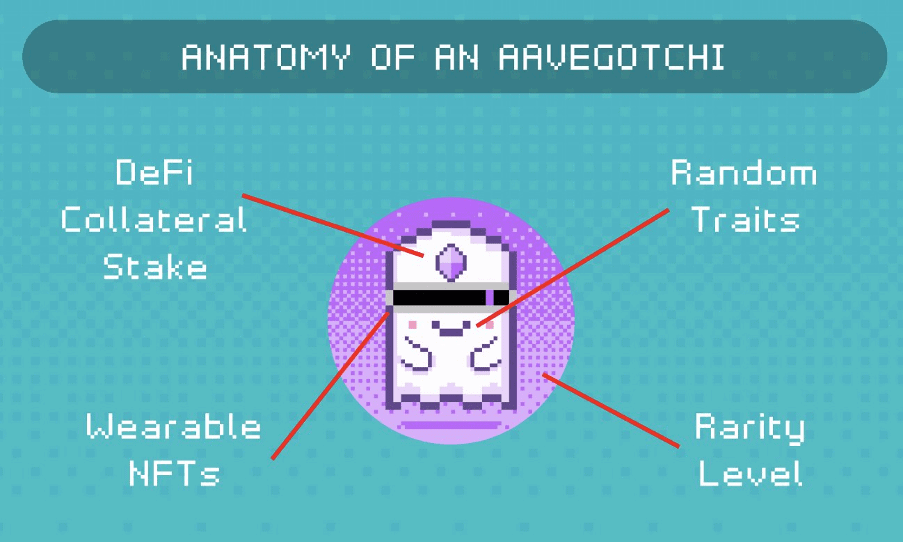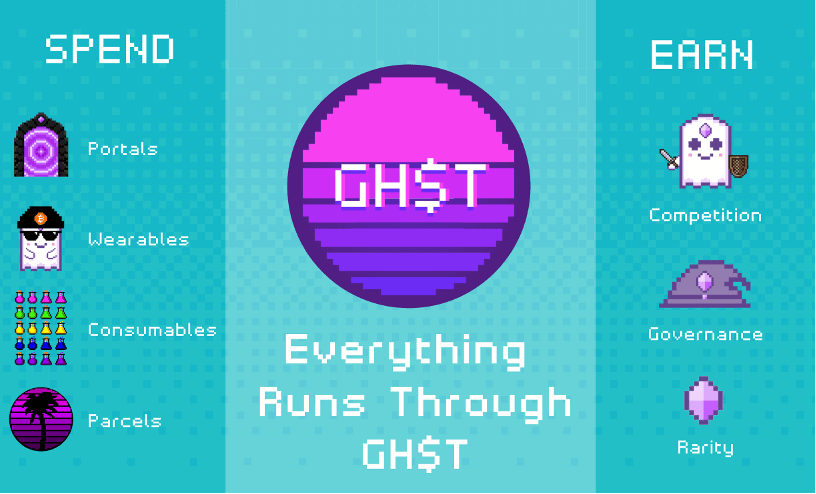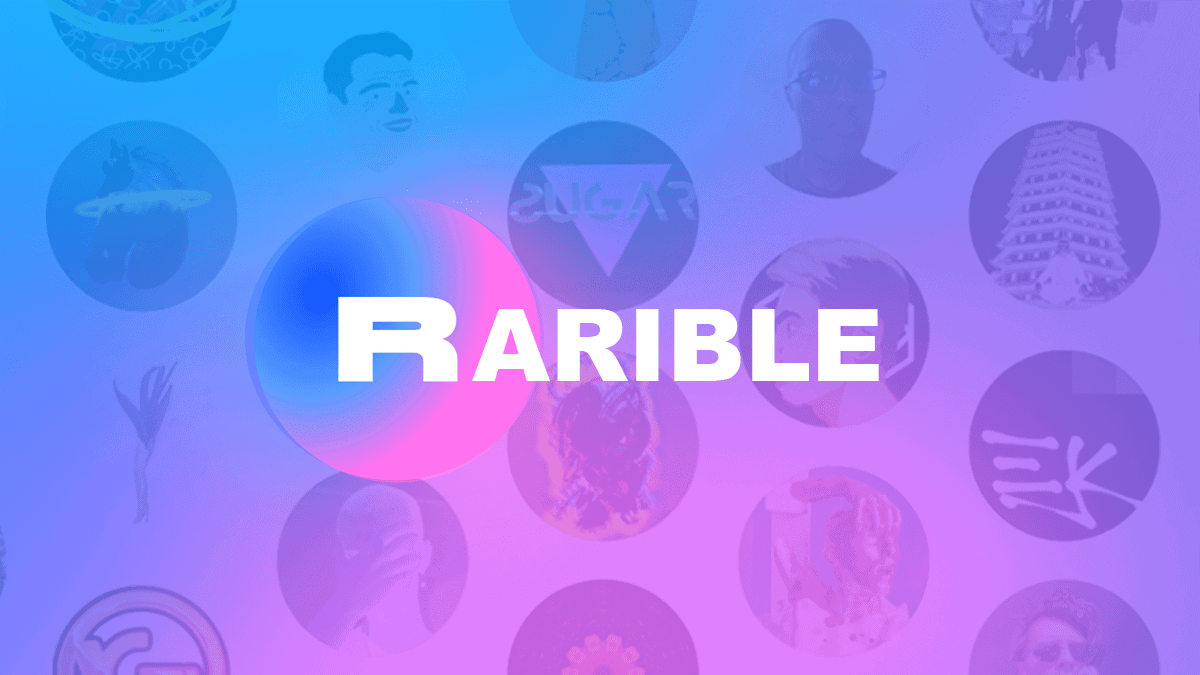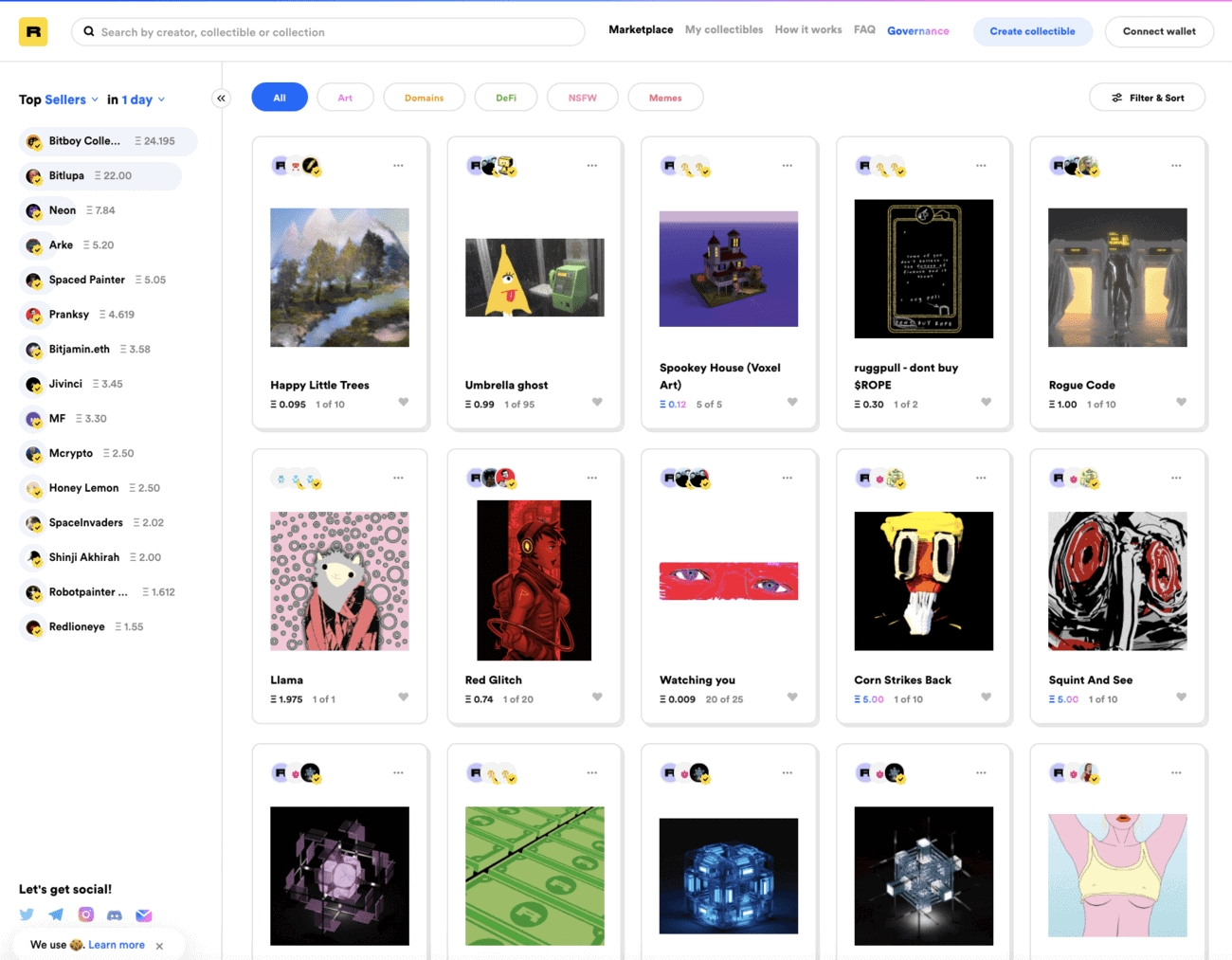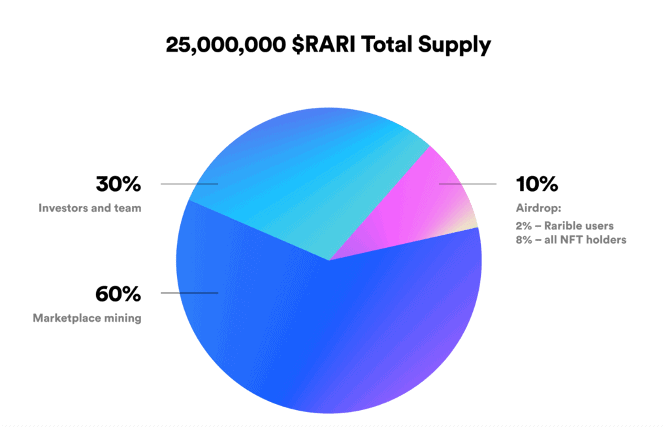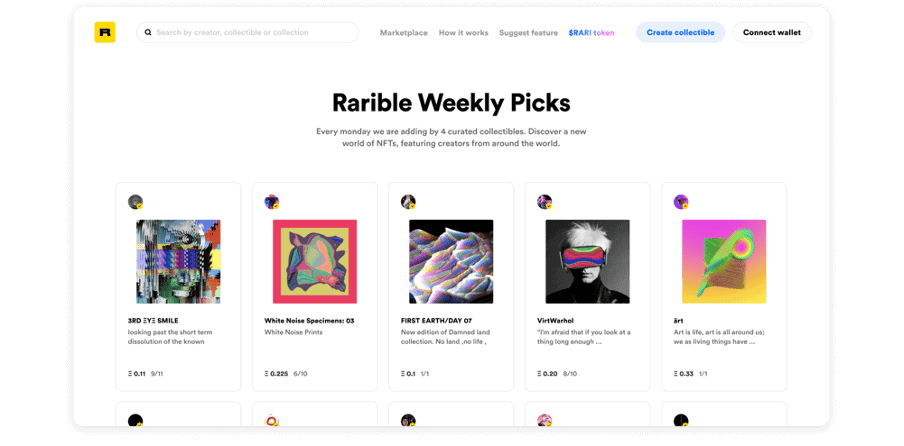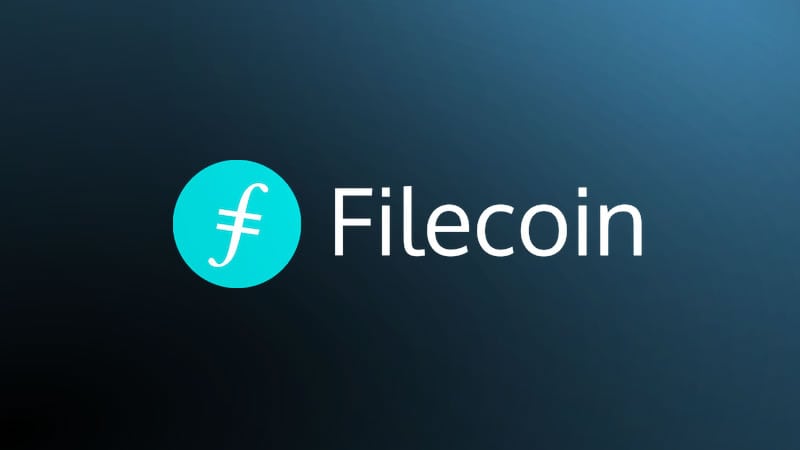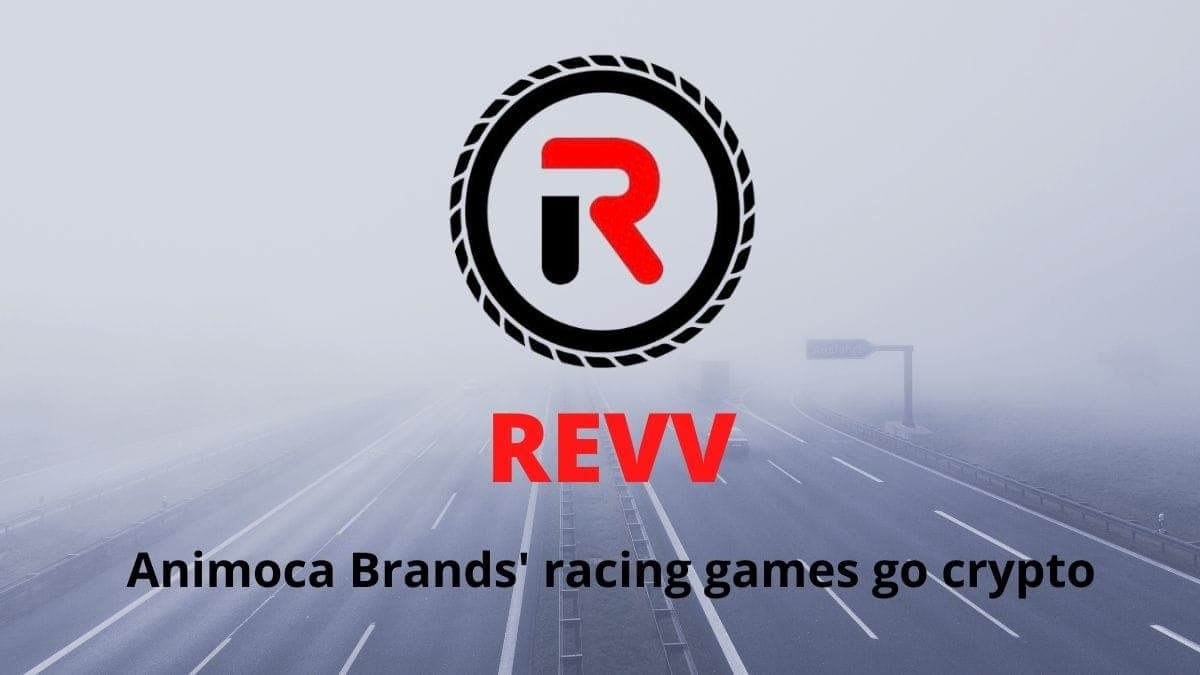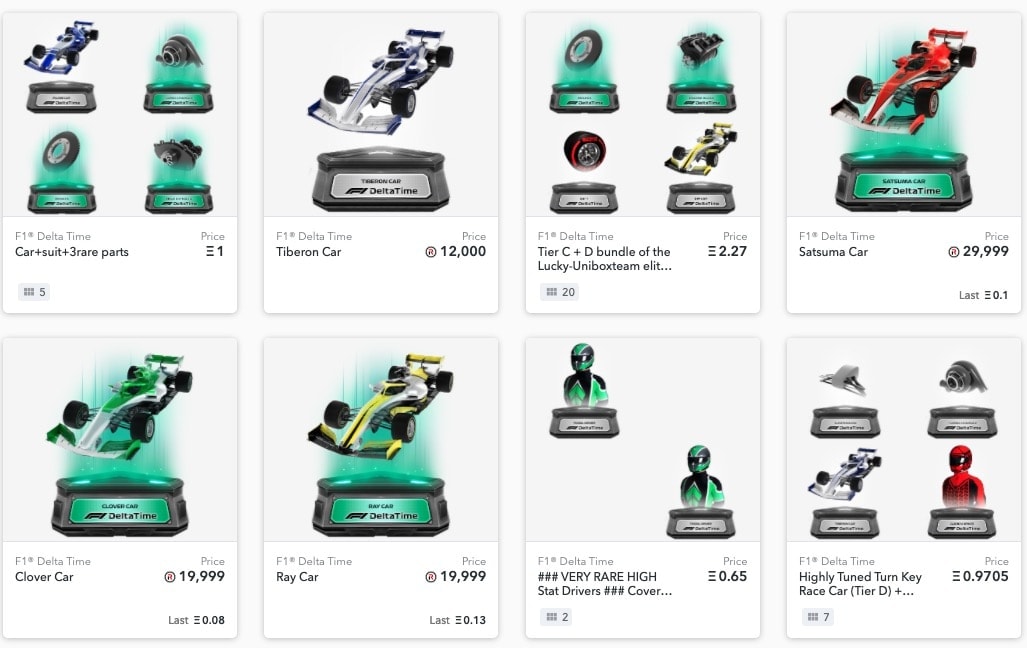As we near the holiday season we would like to wish everyone a happy and safe holidays! Here’s hoping for gifts of Bitcoin and altcoin pumps!
Bitcoin reaches ATH of USD$24k!
It has been awaited for a very long time, but after exactly 3 years the moment has arrived. Bitcoin has literally smashed through the previous high reaching the incredible price of $24,000!
All the charts look stunning, whichever you look at: daily, weekly and monthly they all say the same thing: Bull Season is here!
While nobody knows how exactly this will play out people believe that we are in a bull market now. Many actually believe it started right after last March’s Black Swan, where all markets (not only crypto) basically flash crashed within a day.
If we take a look at the weekly chart, we are still far above the 21 EMA (Exponential Moving Average) and the Relative Strength Index (RSI) is at 2017 peak levels. On the weekly chart it has only been decisively higher a couple of times in 2013. As we repeatedly said in previous issues of the newsletter, big retraces (around 30-40%) are to be expected in bull markets. Until now, the maximum negative “delta” in price we had since last March has been around 20%. This doesn’t necessarily mean that a massive dump is going to happen now though (could happen like not). (https://www.apolloclinic.com/)
Bitcoin still not “hot” on Google Trends
If we have a quick glance at Google Trends we can notice how the query “bitcoin” is still not very much searched worldwide, especially when compared to 2017’s peaks. This is a sign that even though mass media exposure has recently picked up the $BTC trend, the retail FOMO is probably still distant from where we are now. This could hopefully mean that the upside is still gigantic!
Every $BTC holder is now in profit
Thanks to the recent pump, Bitcoin is now #12 in assets’ ranking by Market Cap. Just behind Visa and ahead of Walmart! Moreover, the fact that we are beyond ATH, in unexplored price territory, automatically means that each person that has ever bought a fraction of the coin before last week, is now in profit!
As a consequence, as Glassnode reported, the number of addresses holding more than $1 millions worth of $BTC has increased +150%, equal to 66,540 single wallets now!
Ethereum follows Bitcoin’s upside while Grayscale continues to load up
After “The King” moves, the rest usually tends to follow, starting with Ethereum. ETH prices have been going up reaching a new high of almost $680 this week. Differently from $BTC though, its ATH is still way higher than this level, at more than $1400. 2021 could look like the year price will finally reach unexplored territory.
Meanwhile it doesn’t come as a surprise anymore that big investors continue to accumulate crypto, despite the continuous rise in price, spreading positivity about crypto’s future. According to a report, Grayscale keeps accumulating $ETH. Their Grayscale Ethereum Trust is still considered “the only SEC-registered way to invest in Ethereum.”
Are you interested in staking on your Ethereum? Learn how to make passive income with ETH 2.0!
The FinCEN is proposing new KYC reinforcements
As anticipated in the last weeks, it is now official. The Financial Crimes Enforcement Network (FinCEN) is “proposing a rule on certain digital currencies that will protect national security, assist law enforcement and increase transparency while minimizing the impact on responsible innovation”, said Steven Mnuchin, lead of the U.S. Treasury Department.
The proposal will impose new regulations on transaction records including those to self-hosted wallets. Especially used in Defi where users prefer to keep their funds in decentralized manners, where they are the only ones responsible for what happens, these private wallets have not required KYCs until now. As a result of the changes (CVC stands for convertible virtual currency while LTDA for legal tender digital asset.):
“The proposed rule complements existing BSA requirements applicable to banks and MSBs by proposing to add reporting requirements for CVC and LTDA transactions exceeding $10,000 in value. Pursuant to the proposed rule, banks and MSBs will have 15 days from the date on which a reportable transaction occurs to file a report with FinCEN. Further, this proposed rule would require banks and MSBs to keep records of a customer’s CVC or LTDA transactions and counterparties, including verifying the identity of their customers, if a counterparty uses an unhosted or otherwise covered wallet and the transaction is greater than $3,000.”
This embitterment in regulations was firstly revealed by Brians Armstrong, CEO of Coinbase, in a tweet at the end of November, where he expressed his doubts and concerning on the matter, together with many other public figures. Four U.S Congressmen wrote a public letter and Wyoming Senator-Elect Cynthia Lummis shared her concerns as well in a tweet. The major point of debate are the fact that the proposal could do more harm than good to investors and could leave the U.S. behind in blockchain technology, deviating principal investments outside the county.
Coinbase IPO is getting closer
Coinbase, the known U.S. exchange, has “submitted a draft registration statement on Form S-1 with the SEC. The file is now being reviewed. If approved, its IPO will be one of the biggest and most awaited in crypto, considering that Coinbase is already the most valuable American crypto company.
It is not actually easy to determine exactly how much the company is worth at the moment. The Last evaluation in a funding round in 2018, was of $8 billion, but Coinbase is certainly worth more now, especially considering what prices has Bitcoin arrived at in 2020.
The Graph goes live on mainnet
The Graph ($GRT), “the first global and easily searchable index of blockchain data”, has launched its mainnet after 3 years of development. The indexing protocol aims at making web3 accessible to everyone and helping create applications that require no servers.
The listing was one of the most successful ones recently and the token is already tradable on many exchanges, including first tier ones like Binance and Coinbase. The price is now 24 times higher than that of the token sale which happened last October. At that time, it was offered at $0.03!
The first phase after launch will be useful to stress and improve mainnet performances before the queries amount will increase exponentially. Following, in the next months, the team will be building a “production-ready Graph Explorer dApp and Gateway” to support all network contributors.
Here’s everything you need to know about The Graph in our article.
Red Flags
Ledger Email Breach – 270,000 emails & addresses leaked publicly
On July the 14th, Ledger’s database got breached when a hacker stole 1,075,382 email addresses and 272,853 hardware wallet orders. This meant that personal data such as emails, phone numbers and physical addresses (for people who actually bought a device) were probably available behind payment to the hacker himself. As a matter of fact, numerous have been the phishing attempts reported in the last months, usually via emails and/or text messages to their phones.
Today, as if this wasn’t bad enough itself, the whole database has been dumped for free by an anonymous profile on Raidforum. While funds are still technically safe, users, at the very leas, should expect a new and massive wave of phishing tentatives.
Check out our video where we explain everything on the Ledger data breach: what happened, who is affected and what NOT to do right now.
The company commented on twitter confirming that “early signs” tell them this content is probably from their database.
They also shared a page with phishing news and tips, like the classic “Never share the 24 words of your recovery phrase with anyone under any circumstances”. While this is certainly important, it is difficult to imagine that hardware wallets’ users still need to hear it. Considering that now anyone can see where the devices owners live, they would probably rather know that the company is actively doing things to prevent future breaches and more.
Even though protecting funds with col wallets is not something for just rich crypto holders, this is what most people think, and we can all imagine what criminals can do with those addresses in their hands.
Unfortunately, it appears that new phishing messages are already coming.
You can use this website to check whether your personal data (and what) was compromised https://haveibeenpwned.com/
Nexus Mutual’s CEO personal address got hacked
Unfortunately, this week brought new red flags. The most prominent one involves a project whose mission is (almost ironically) that of protecting protocols’ users from malicious actors.
Hugh Harp, founder of Nexus Mutual, has seen his personal wallet directly attacked. The hacker has mysteriously managed to install a malicious version of Metamask on his computer, misleading him into confirming a transaction to a different recipient address. The hacker himself. It is one of those cases where using a hardware wallet to sign transactions as second layer of security can’t help.
The CEO, recognizing this hack was “next level stuff”, has offered a bounty of $300,000 to the hacker in case he decided to send everything back. The unknown figure answered via input data on a subsequent empty transaction.
“Hello Hugh. I will not sell wNXM any more until wNXM recovers his value or you send me 4.5k ETH. If you need any negotiation with me, send msg to my eth address…..“
The text end targeting other Hugh’s personal addresses, exposing Hugh’s private details even more.
We will see how this story unfolds. Meanwhile, someone has started a gitcoin grant to directly compensate Karp for what happened. As a response, he has proposed that all the money raised would be used for improving smart contracts security.
Boxmining happenings
- Yubico’s YubiKey review and guide. A wallet which you can use to keep your passwords safe.
- Worried about your funds? Learn more about Cover Protocol ($COVER), one of the most successful platform where to buy coverages.
- Yearn Finance ($YFI) has recently partnered with many other top level protocols. Here’s our introduction to the Yearn extended family!
- Interested in lending-borrowing? Is a credit scoring system appealing to you? Listen to what is $WING and how can you profit off of it!
- Wootrade ($WOO): Boosting the power of cryptocurrency trading?


